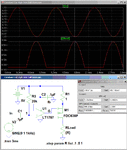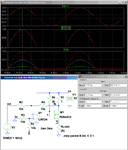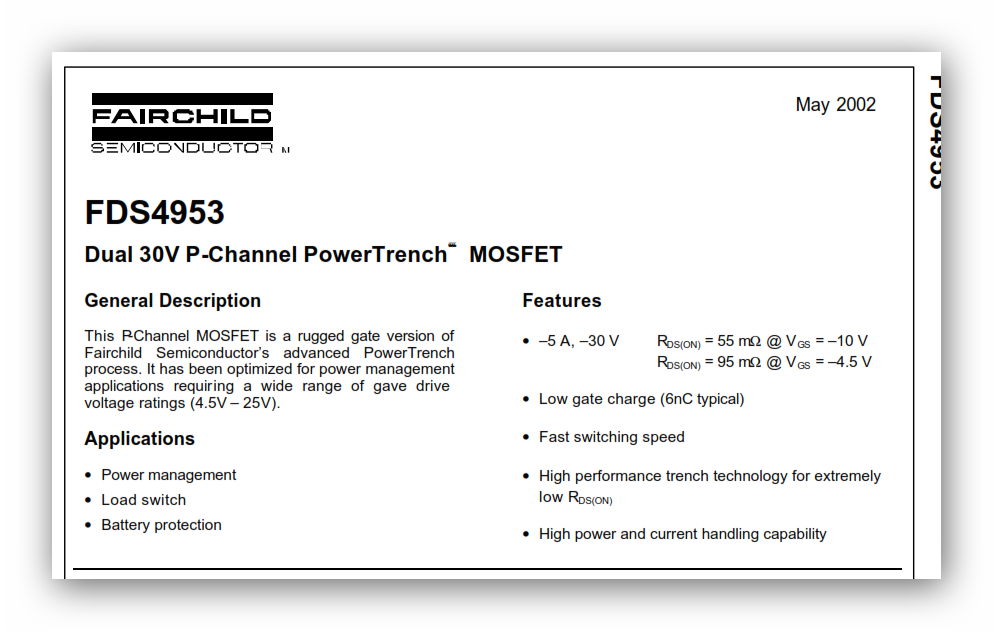nima_1981
Member level 3
- Joined
- Apr 22, 2010
- Messages
- 61
- Helped
- 0
- Reputation
- 0
- Reaction score
- 0
- Trophy points
- 1,286
- Location
- Ocean Mind
- Activity points
- 1,877
hi my friend.
I need half wave constant current source for grounded load
Resistance of load is under 1 ohm
my oscillator output voltage is near 2 Volt peek to peek
any one have idea for that ,
Thanks
I need half wave constant current source for grounded load
Resistance of load is under 1 ohm
my oscillator output voltage is near 2 Volt peek to peek
any one have idea for that ,
Thanks


